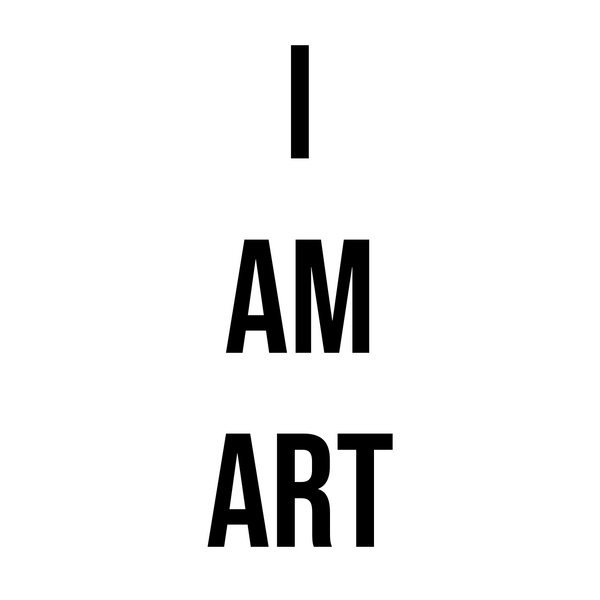I AM ART

Ancient Roman Art (c. 500 BCE – 476 CE)
Definition & Background:Ancient Roman art was heavily influenced by Greek traditions but adapted to serve propaganda, commemorative, and practical purposes. Romans excelled in realism (verism) in portraiture, large-scale architecture, frescoes,...
Ancient Roman Art (c. 500 BCE – 476 CE)
Definition & Background:Ancient Roman art was heavily influenced by Greek traditions but adapted to serve propaganda, commemorative, and practical purposes. Romans excelled in realism (verism) in portraiture, large-scale architecture, frescoes,...

Renaissance Art (c. 14th – 17th Century CE)
Definition & Background:The Renaissance, meaning "rebirth," marked a revival of classical Greco-Roman ideals in art, science, and humanism. Originating in Italy, it spread across Europe, emphasizing perspective, anatomical accuracy, and...
Renaissance Art (c. 14th – 17th Century CE)
Definition & Background:The Renaissance, meaning "rebirth," marked a revival of classical Greco-Roman ideals in art, science, and humanism. Originating in Italy, it spread across Europe, emphasizing perspective, anatomical accuracy, and...

Gothic Art (c. 12th – 16th Century CE)
Definition & Background:Gothic art emerged in France in the 12th century and spread throughout Europe, evolving from Romanesque traditions. It emphasized verticality, light, and grandeur, reflecting the growing influence of...
Gothic Art (c. 12th – 16th Century CE)
Definition & Background:Gothic art emerged in France in the 12th century and spread throughout Europe, evolving from Romanesque traditions. It emphasized verticality, light, and grandeur, reflecting the growing influence of...

Romanesque Art (c. 1000 – 1200 CE)
Definition & Background:Romanesque art flourished in medieval Europe, reflecting a revival of monumental architecture, sculpture, and religious iconography. It was heavily influenced by Roman, Byzantine, and Carolingian art. Characterized by...
Romanesque Art (c. 1000 – 1200 CE)
Definition & Background:Romanesque art flourished in medieval Europe, reflecting a revival of monumental architecture, sculpture, and religious iconography. It was heavily influenced by Roman, Byzantine, and Carolingian art. Characterized by...

Islamic Art (c. 7th Century – Present)
Definition & Background:Islamic art emerged in the 7th century with the spread of Islam, developing a unique visual language that emphasized calligraphy, geometric patterns, arabesques, and architectural grandeur. Due to...
Islamic Art (c. 7th Century – Present)
Definition & Background:Islamic art emerged in the 7th century with the spread of Islam, developing a unique visual language that emphasized calligraphy, geometric patterns, arabesques, and architectural grandeur. Due to...

Byzantine Art (c. 330 – 1453 CE)
Definition & Background:Byzantine art emerged as the artistic tradition of the Eastern Roman Empire, centered in Constantinople (modern-day Istanbul). It focused on religious expression, featuring iconography, mosaics, frescoes, and illuminated...
Byzantine Art (c. 330 – 1453 CE)
Definition & Background:Byzantine art emerged as the artistic tradition of the Eastern Roman Empire, centered in Constantinople (modern-day Istanbul). It focused on religious expression, featuring iconography, mosaics, frescoes, and illuminated...
